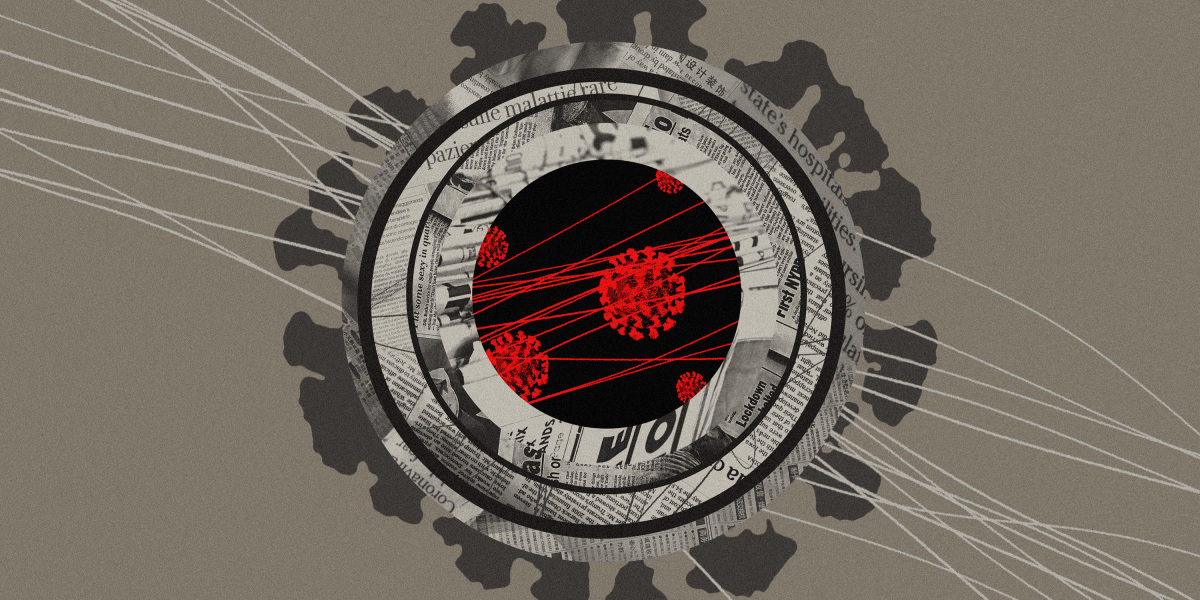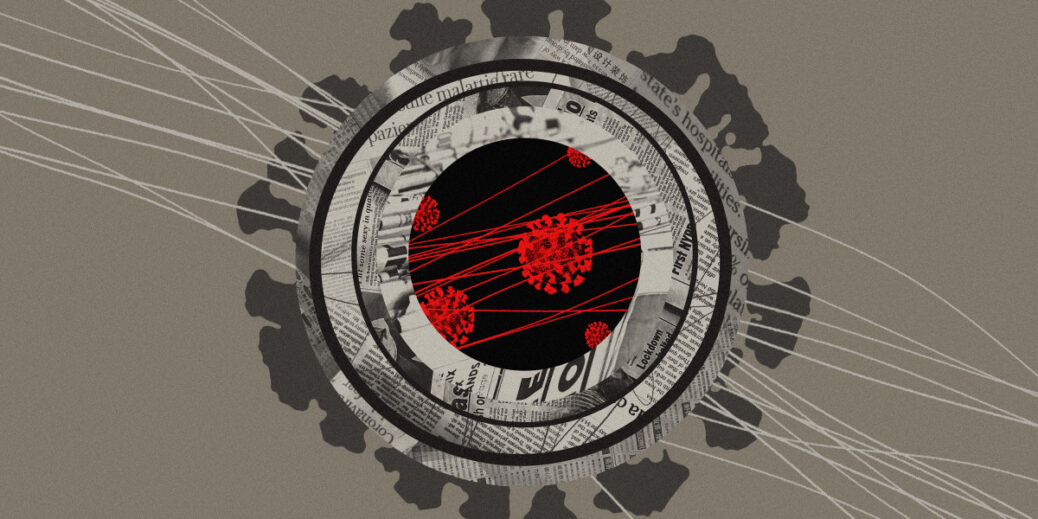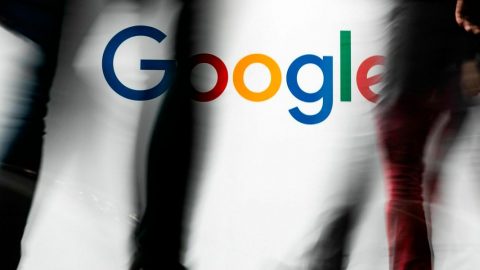
But because this is a novel disease, scientists and public health authorities are learning in real time—and more than a year and a half in, knowledge around key topics like immunity and long covid is still evolving. Scientists are often looking for answers at the same time the public is, but that’s not always clear to ordinary people, who may expect immediate and authoritative information.
“One of the things [public health authorities] weren’t necessarily doing that we need to see moving forward is actually communicating about the uncertainty,” says Renée DiResta, technical research manager at the Stanford Internet Observatory.
This lack of clarity—and sometimes the conflict—in public health messages can filter down to the press and create a vacuum where misleading or unverified information can fester and spread, DiResta says.
“That void can be filled by anyone with an opinion,” she adds.
All those conflicting messages, combined with the reality of slow scientific timelines, can exacerbate distrust. Instead of seeing changes in official guidance as signs that health authorities are responding to new data responsibly, it‘s easy for the public to believe that those authorities and the media had it wrong again—for example, when the CDC changed its mask guidelines. Politically motivated actors exploit that distrust. Sloppy headlines and misleading tweets by reputable news outlets, or journalists’ predictions that age poorly, can be repurposed into ”gotcha” memes that hyperpartisan influencers use to continue chipping away at trust in the media.
“Entities like Newsmax will take any opportunity to find a misreported or changed fact from a CNN broadcast,” DiResta says.
Public health officials (and the reporters covering what officials say and do) need a better system of communicating what we don’t yet know and explaining that guidance could change on the basis of new information. DiResta has argued for a Wikipedia-like approach to public health, where the evolution of scientific knowledge and debate is public and transparent, and a wide range of experts can contribute what they know. “It is never going to go back to the old way, where they make some determination in some back room and present a unified consensus to a trusting public,” she says. “That model is over.”
“If journalists spent less time on this day-to-day, blow-by-blow, and more time developing these complex and nuanced stories, we will be doing a much greater public service.”
Erika Check Hayden, UC Santa Cruz
We already see that kind of scientific back-and-forth play out on social media between researchers, public health experts, and doctors. Erika Check Hayden, a science journalist and director of the science communication program at the University of California, Santa Cruz, says that journalists need to remember to do their due diligence with this increased access to scientific deliberation.
“It can be informative, from a journalist’s perspective, if you understand [how experts] are working out what is going on,” she says. “What’s unhelpful is if you latch on to that at any given moment and portray it as some sort of conclusion.”
That’s good advice for the average reader, too.
Focus on what’s most useful
So how can you find trustworthy news that feels relevant to your life? One option is to keep an eye out for sources, especially local ones, that don’t exclusively focus on blow-by-blow coverage. Reporting that contextualizes the daily numbers you see is likely more helpful than an endless series of stories that simply rattle off the top-line data.
South Side Weekly—a nonprofit newspaper based in Chicago—offers a model for something different. The Weekly covers the South Side of Chicago, a majority nonwhite area. The largely volunteer newspaper produced the ChiVaxBot, an automated Twitter account that shares two maps side by side each day: covid-19 vaccination rates by zip code and covid-19 death rates by zip code. Instead of showing a snapshot of the data on one day, the daily updates demonstrated a pattern over time. Because of this consistent, slow tracking, the bot sounded the alarm on vaccine disparities: Black and Latino areas showed high deaths but low rates of vaccinations, a situation that continues to this day.




Recent Comments